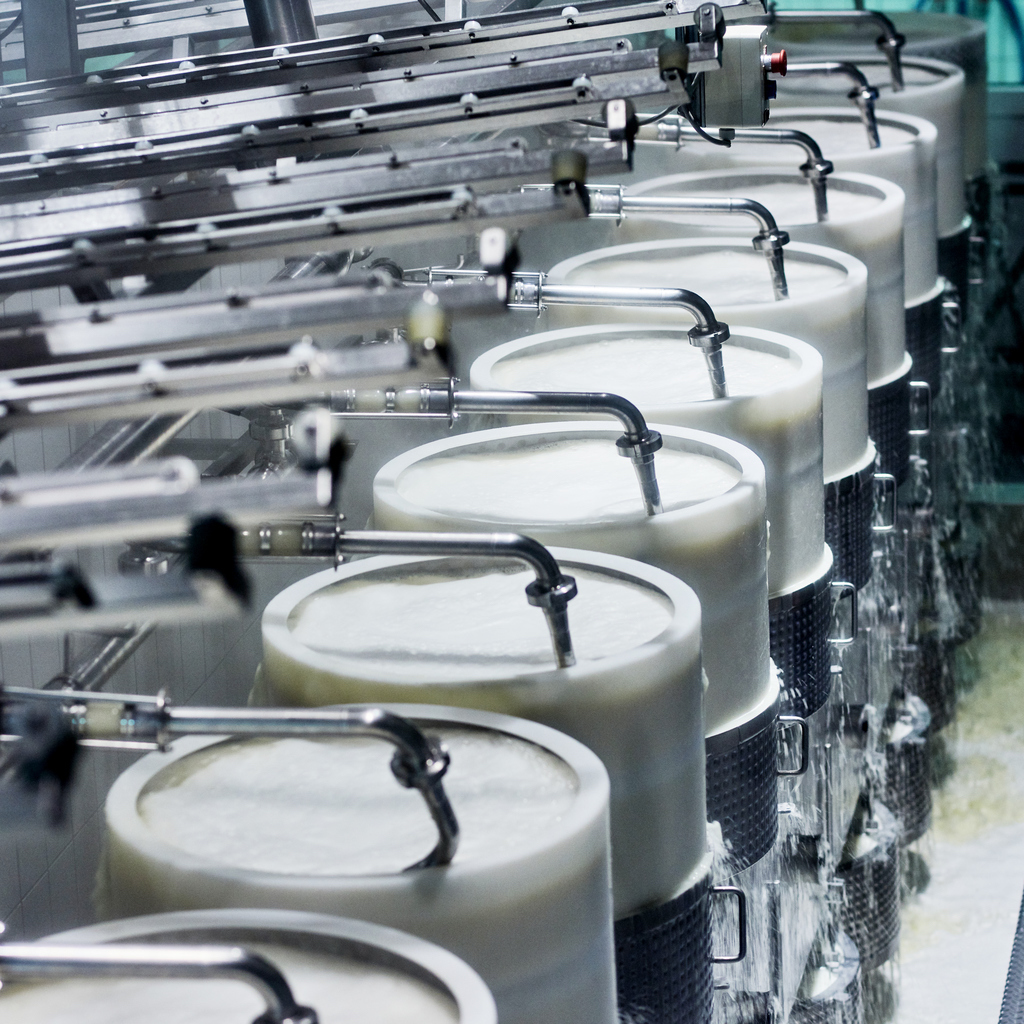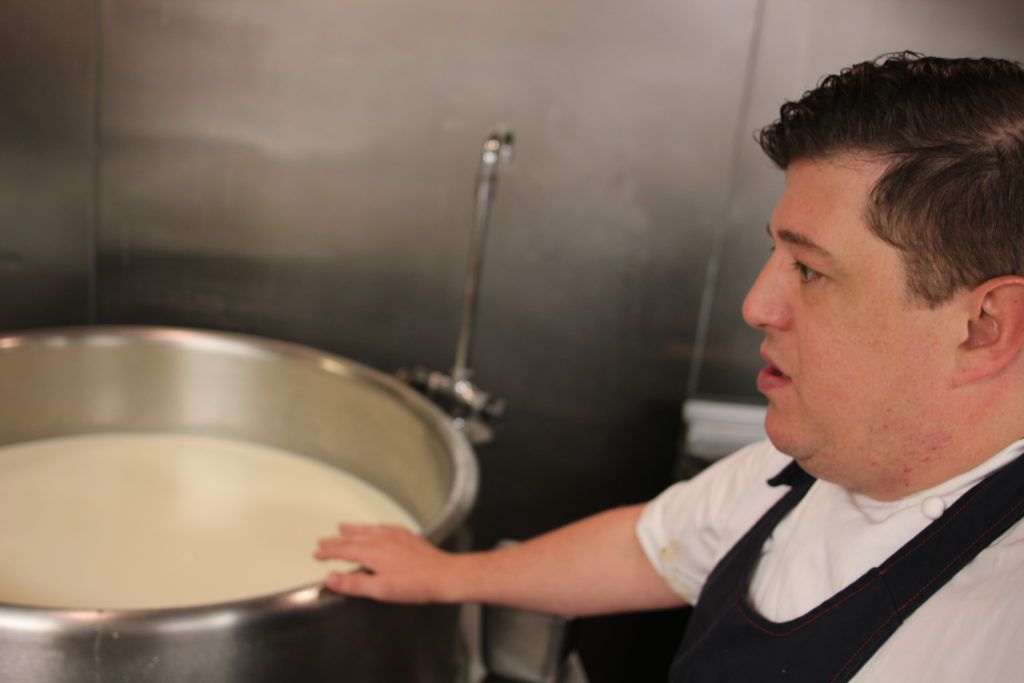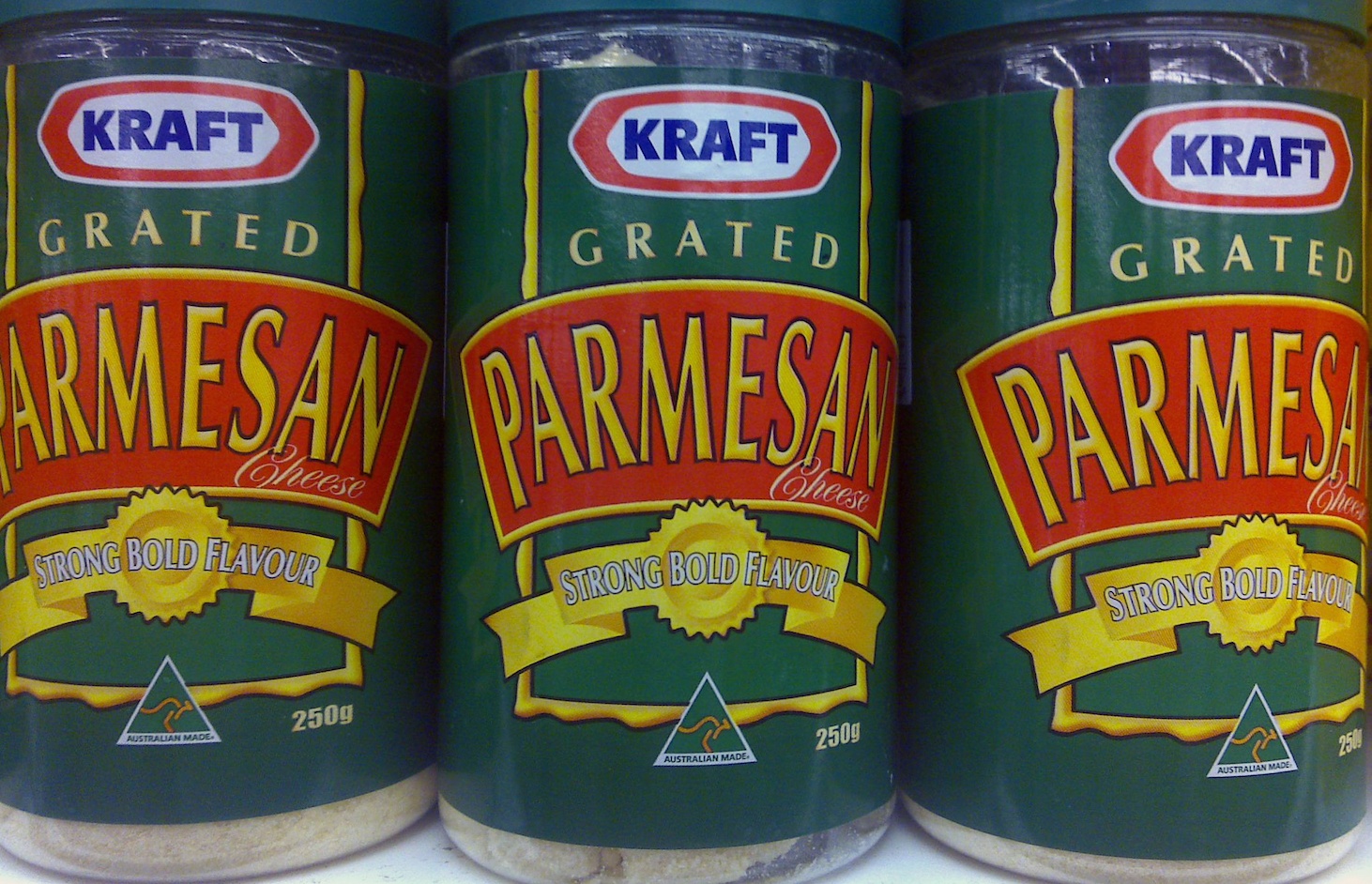What makes gruyère gruyère? In the U.S., nothing in particular and European cheesemakers are upset
In Europe, gruyère cheese must have specific qualities: fruity notes should dominate the cheese, which needs to be in the shape of a wheel, have a slightly damp texture with a low crumble, and weigh between 55 and 88 pounds. In Switzerland, where the cheese has been produced since the 12th century, guidelines dictate that gruyère must be made in the region around Gruyères. In the U.S., all of this goes out the window, and European cheese producers aren’t happy about it. In fact, they’ve been in a years-long legal battle with American cheese producers “over what makes gruyère gruyère,” The New York Times reports. According to a federal court ruling that was made public last week, “Although the term gruyère may once have been understood to indicate an area of cheese production, the factual record makes it abundantly clear that the term gruyère has now, over time, become generic to cheese purchasers in the United States.” Trademarks cannot be given to generic terms, but gruyère producers in Switzerland and France have already said they will appeal the decision. Philippe Bardet, the director of Interprofession du Gruyère, which represents gruyère producers in Switzerland, shared an anecdote with the Times about American gruyère having “less taste.” During a pre-pandemic trip to New York, he sampled cheese from Wisconsin that was labeled gruyère. “It’s another cheese; it’s not gruyère,” he said. “I can’t say it’s less quality, but you have another taste.”



